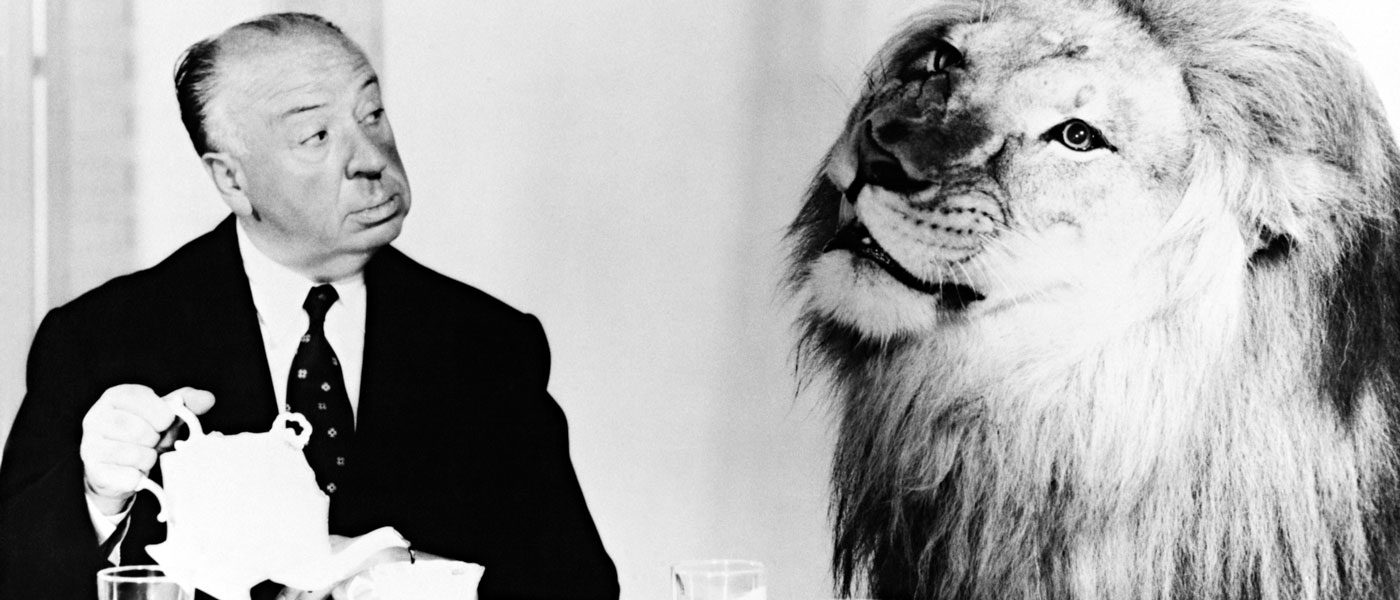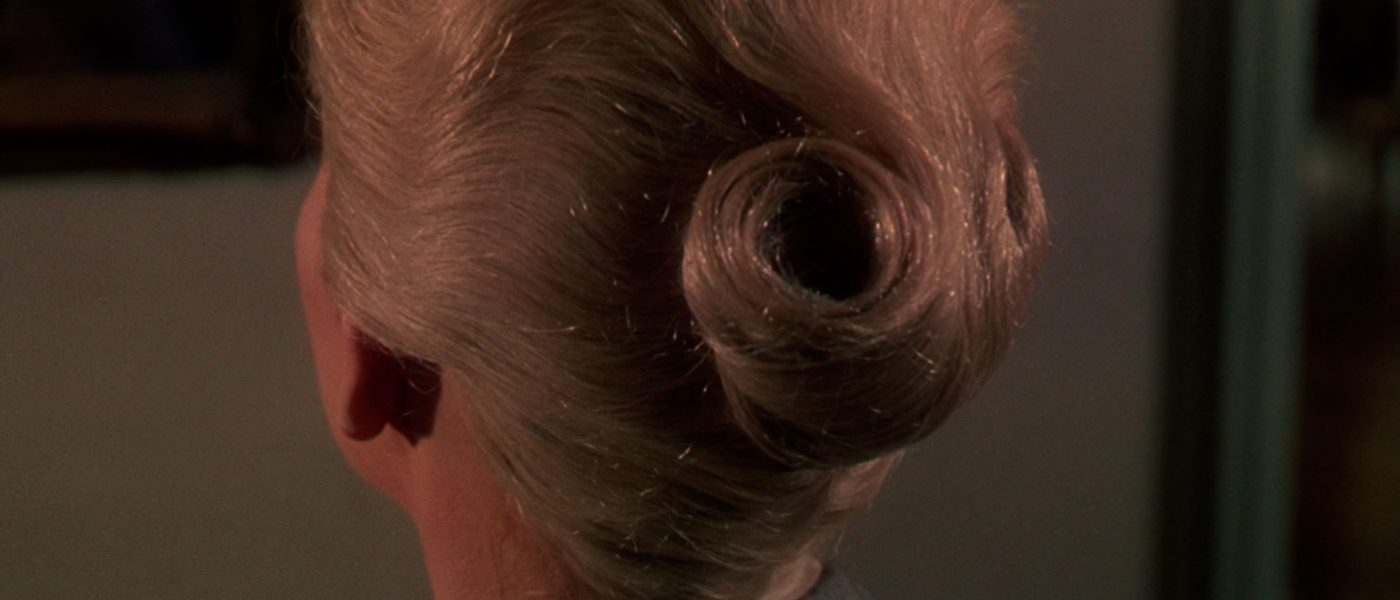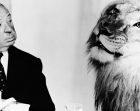
The collection traces a journey through Hitchcock's life, his icons, the collaborators who brought quality to his work, his portrayal of women, the way he depicts his era and the twists in his plots.
The collection traces a journey through Hitchcock's life, his icons, the collaborators who brought quality to his work, his portrayal of women, the way he depicts his era and the twists in his plots.
“Film directors live with their films while they are shooting them. They are their children. And everything seems to indicate that when moving pictures are really artistic they will have been be created entirely by one man”
Alfred Hitchcock
An exhibition that shows Hitchcock as an artist, auteur and creator who controlled every aspect of his films. The collection traces a journey through Hitchcock’s life, his icons, the collaborators who brought quality to his work, his portrayal of women, the way he depicts his era and the twists in his plots.
Alfred Hitchcock (1899-1980) was the master of the cinema of suspense, but his work goes far beyond the stereotypes of the genre. Hitchcock is considered to be one of the most brilliant creators of the 20th century and a figure still difficult to classify even decades after his death. Hitchcock was an icon of his age who knew how to combine commercial demands with his own unique style of work. Images from Rear Window, Vertigo or Psycho exude a fascination and power that have become modern icons.
Hitchcock started to direct films at the end of the 1920s and, throughout the 1930s, he made some of his most well-known work, such as The Man Who Knew Too Much and The 39 Steps. In the 1950s, during his American period, he was recognised as an auteur with a personal vision that was evident in all his work. Supported by French critics, the interview he did with François Truffaut reinforced his position as one of the most popular creators of the 20th century.
The exhibition Alfred Hitchcock. Beyond Suspense, curated by Pablo Llorca, shows Hitchcock as an artist, auteur and creator who controlled every aspect of his films. The collection traces a journey through Hitchcock’s life, his icons, the collaborators who brought quality to his work, his portrayal of women, the way he depicts his era and the twists in his plots.
His collaborators
Hitchcock strictly controlled every aspect of his work, but he surrounded himself with talented and trusted collaborators. The writer Dan Aulier used to say that Hitchcock gave his scriptwriters the “freedom to make a Hitchcock film”. The scriptwriter John Michael Hayes, who wrote Rear Window and The Man Who Knew Too Much, said that he worked well with Hitchcock due to “the brilliant technique and visual knowledge he possessed; as well as his ego and conviction”.
Other examples of fruitful collaborations with Hitchcock were the title credits by Saul Bass, the photographic direction of Robert Burks, the costume designs by Edith Head (winner of eight Oscars), the music of Bernard Herrmann and the work of Alma Reville as assistant director and scriptwriter (and who was also his wife).
His icons
 Alfred Hitchcock made great cinema and knew how to connect with the audience. His commercial success gave him the creative freedom to differentiate himself from the rest and stay true to his way of interpreting the medium.
Alfred Hitchcock made great cinema and knew how to connect with the audience. His commercial success gave him the creative freedom to differentiate himself from the rest and stay true to his way of interpreting the medium.
Hitchcock films place a great deal of importance on the visual and emotional responses of the audience. The director was absolutely convinced that anything that could be conveyed with images should not be told in words and this holds true for all his films. This concept originates in the language of the silent movies prior to 1927 and from German expressionism, but was gradually forgotten with the advent of the ‘talkies’. To measure the pace of certain scenes, Hitchcock even resorted to drawing diagrams to demonstrate the rise and fall of the action.
When he started work in the 1920s, the use of detail was very fashionable amongst the surrealists and New Objectivity photographers. The director constantly relied on images with a strong impact, highlighting small details that would become enormous on the big screen.

His female characters
Women play leading roles in Hitchcock’s work. The director attempted to transform the actresses who played his female characters into ideal women. Madeleine Carroll, Ingrid Bergman, Tippi Hedren and Grace Kelly stand out in Hitchcock’s filmography. In the case of Grace Kelly in Rear Window, the characters were treated with respect and fascination. In others, such as Tippi Hedren in The Birds or Marnie, the character was humiliated and abused. In point of fact, in shooting many of the scenes of The Birds, the actress suffered just as much as her character.
His times
Hitchcock was very aware of the age he lived in and the artistic and cultural milieu in which he moved. From the 1950s onwards, the director made a firm commitment to depicting the contemporary period in terms of art and architecture. Hitchcock introduced everyday settings into the horror of Psycho, he imported the elegance of Europe to create characters based on America’s middle-class achievers, he worked with glamorous stars and haute couture designers such as Dior and Balenciaga and many of his leading actors were involved in the creative arts. At a time when magazines such as Vogue and Harper’s Bazaar were combining the propagation of art with the culture of the masses, Hitchcock was a prime example of this iconography.
The final twist
In spite of his ability to portray the age in which he lived, Hitchcock did not wish his films to mirror reality. His films are constructed around lavish motifs to grab the attention of the audience. He adopted a smoke and mirrors approach using symbolic imagery based on outward appearances and falsehoods so that spectators had no clear idea of what was really going on behind what they were watching. He placed his trust in the power of suggestion and the effectiveness of rhetoric.
Programme of workshops
The exhibition Alfred Hitchcock. Beyond Suspense is accompanied by a programme of workshops prepared by our education team. There are workshops suitable for all ages and registration is free. Check the details of each activity here.
Parallel activities
During the months the exhibition is showing, our auditorium will host various talks and activities related to the exhibition, to Alfred Hitchcock and to cinema in general. Keep checking this website and our social networks to keep abreast of everything. Additionally, our Instagramers Gallery will collect together the winning photos of the competition #HitchcockContest a black and white tribute supported by ‘igers’ from all over the world.




